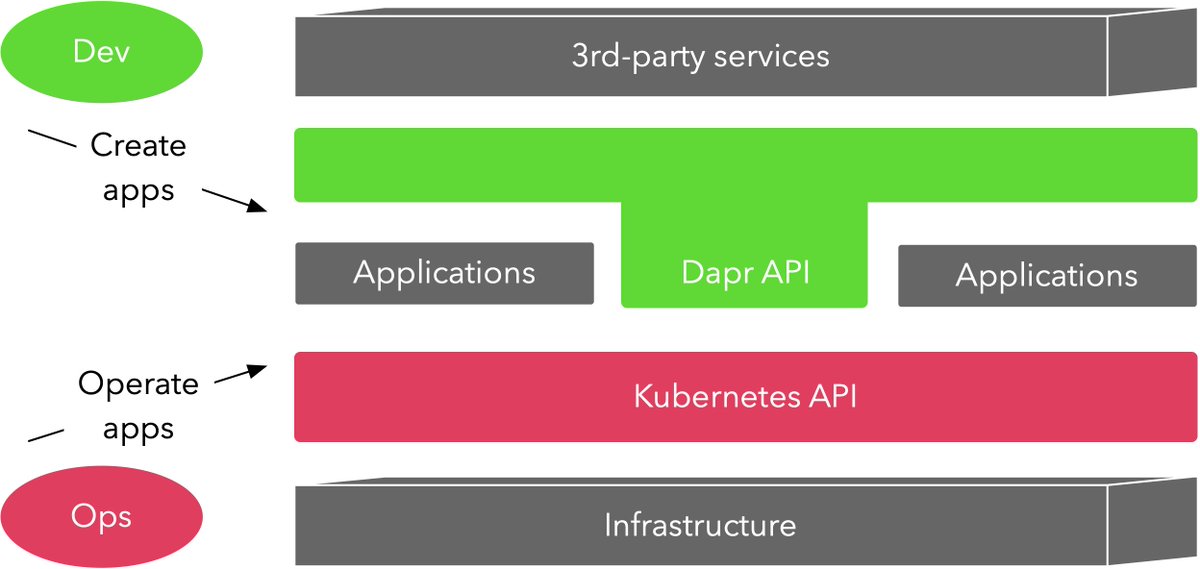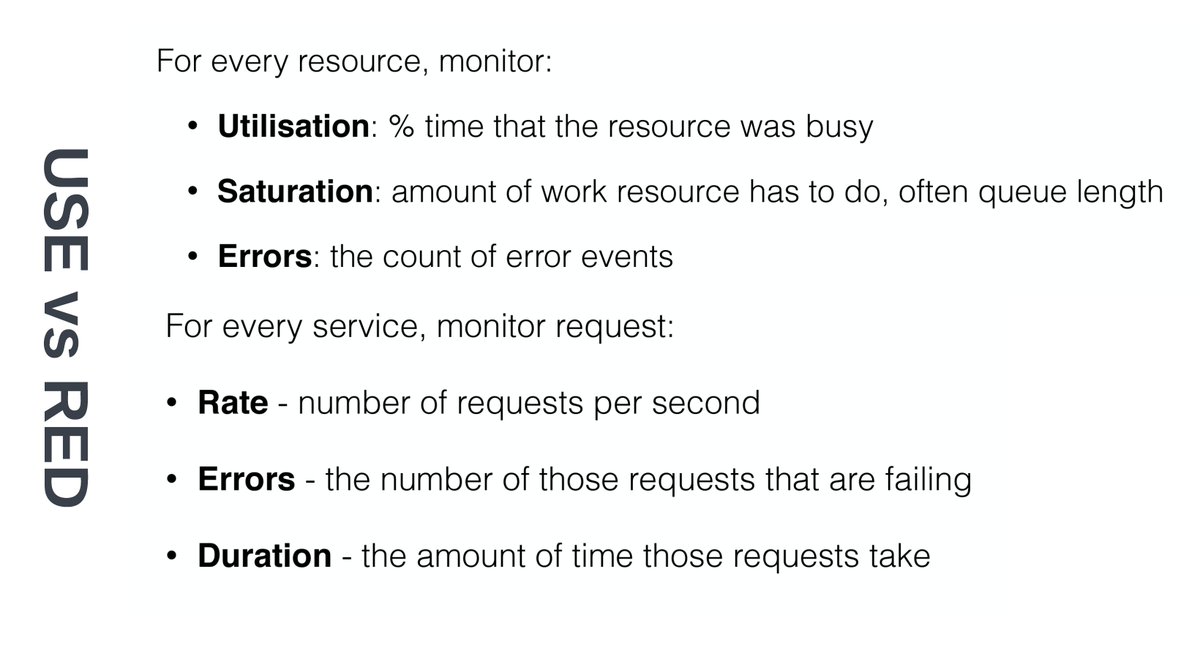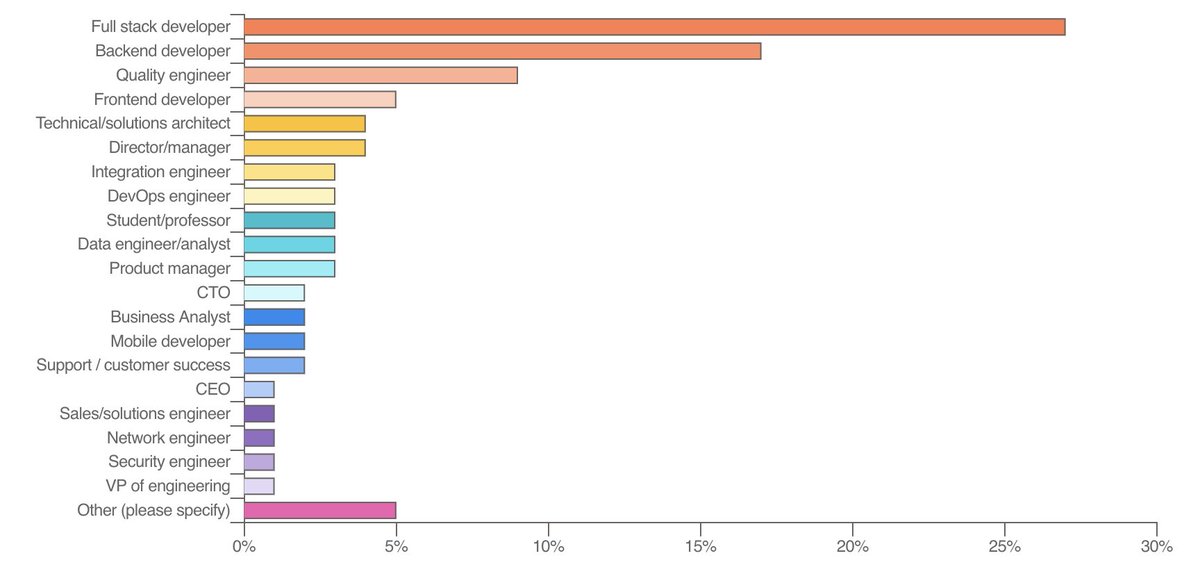
I wrote a new blog post:
"The Flywheel Effect of Kubernetes APIs" and how @daprdev complements it.
thenewstack.io/the-flywheel-e…
Here is the TLDR 🧵👇
"The Flywheel Effect of Kubernetes APIs" and how @daprdev complements it.
thenewstack.io/the-flywheel-e…
Here is the TLDR 🧵👇

1⃣ Kubernetes API is the de facto standard for #on_cluster application orchestration. It serve as axiom among #Devs creating distributed applications and #Ops keeping these applications running.
2⃣ These apps depend on 3rd party services such as DBs, key-value stores, file buckets, queues. Kubernetes API, tools, & practices can manage #off_cluster resources as if they were on k8s.
Examples: @crossplane_io, GCP Config Connector, AWS k8s Controllers, Azure Service Operatr
Examples: @crossplane_io, GCP Config Connector, AWS k8s Controllers, Azure Service Operatr
3⃣ Multicloud complexity is the ugly reality for many organizations. Kubernetes-like APIs are used to orchestrate #multi_cluster application workloads. Example projects and managed services:
Azure Arc, Anthos, Red Hat Advanced Cluster Manager, Hypershift, kcp.io
Azure Arc, Anthos, Red Hat Advanced Cluster Manager, Hypershift, kcp.io
4⃣ But there is #empty_space between the business logic and the infra, left to developers to fill in.
K8s APIs bring consistency & reuse of tools & practices boosting the effectivenss of #Ops teams. But they do not address the #Devs’ needs at the same level! Dapr fills this space
K8s APIs bring consistency & reuse of tools & practices boosting the effectivenss of #Ops teams. But they do not address the #Devs’ needs at the same level! Dapr fills this space
5⃣ K8s helps #Ops keep a large number of containers running, but it doesn’t help #Devs implement reliable distributed apps using their language and framework of choice.
✅Dapr with Pub/Sub, Service-invocation, and other distributed building blocks helps.
✅Dapr with Pub/Sub, Service-invocation, and other distributed building blocks helps.
6⃣ K8s helps #Ops provision and manage third-party resources uniformly, but it doesn’t help #Devs using myriad different libraries in different languages to consume these third-party services in a uniform fashion.
✅Dapr bindings/connectors help.
✅Dapr bindings/connectors help.
7⃣ K8s helps deploy containers in multiple clusters, but it doesn’t help the creation of portable multicloud applications that are independent of cloud services semantics and integration patterns.
✅Dapr abstractions help.
✅Dapr abstractions help.
9⃣ If interested in more, check out the blog post for the in-depth version, or watch the recording of my talk from DaprCon @daprdev.
Let me know what you think. 🙏
thenewstack.io/the-flywheel-e…
Let me know what you think. 🙏
thenewstack.io/the-flywheel-e…
• • •
Missing some Tweet in this thread? You can try to
force a refresh


















